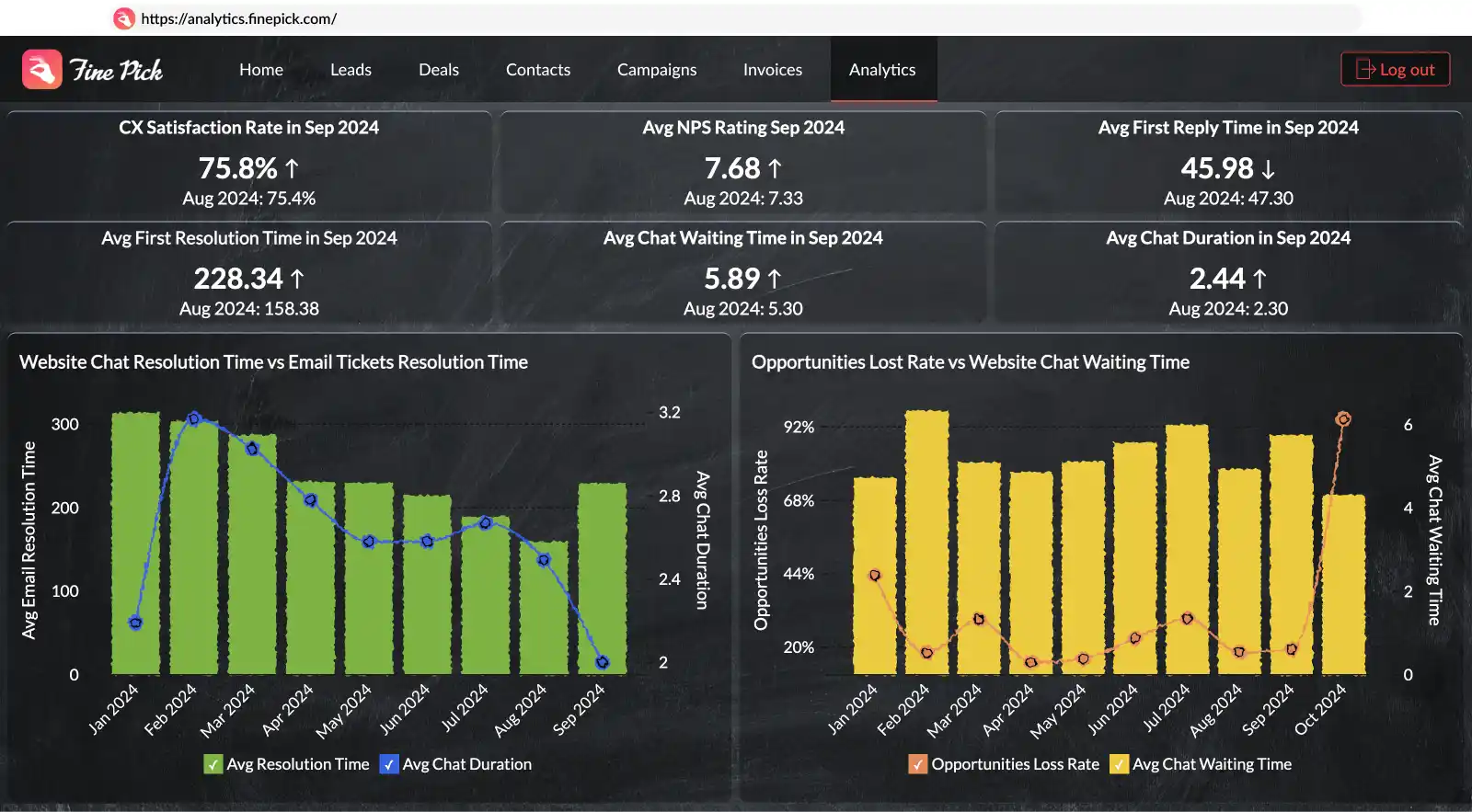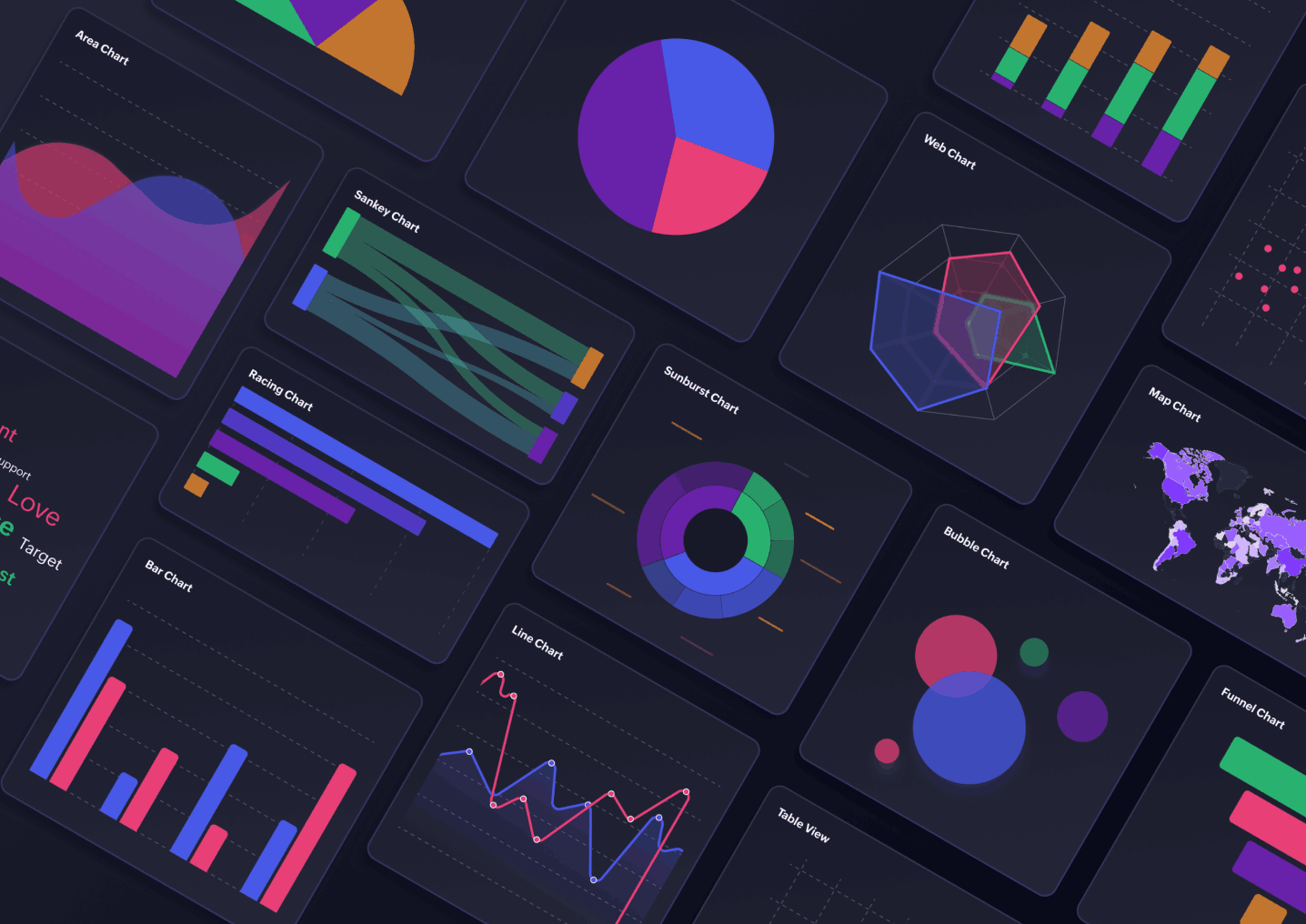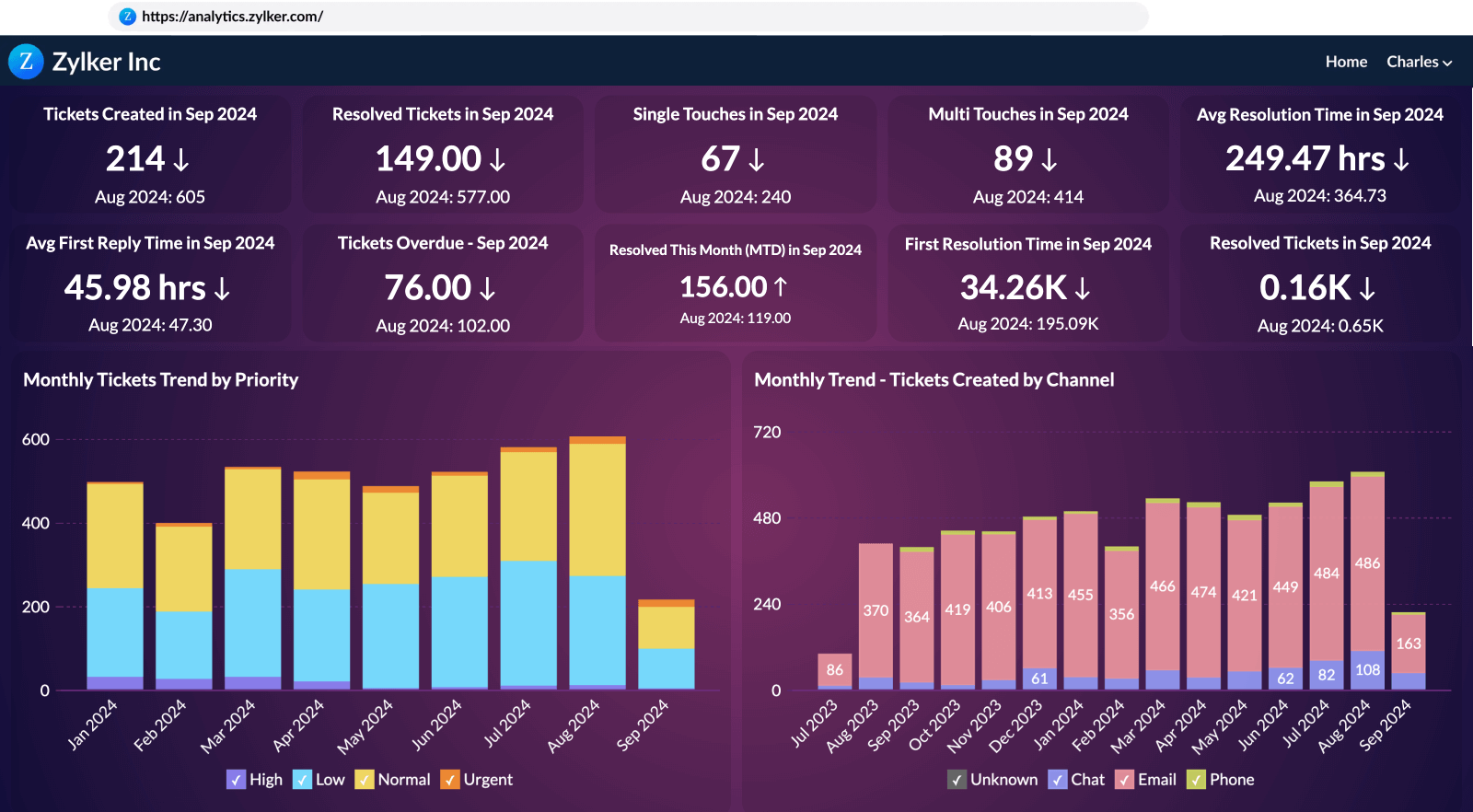What is Embedded Analytics?
Embedded analytics refers to the full-fledged integration of analytical capabilities—such as dashboards, reports, KPIs, and data visualizations—into business applications or systems. It allows business users to gather relevant insights directly within their workflows.
Why Does Embedded Analytics Matter Now?
Today’s businesses expect more than just a software platform — they expect actionable insights. Whether it’s a CRM, ERP, HRMS, or SaaS product, business users want:
- Real-time answers, not untapped raw data
- Personalized dashboards tailored to their needs
- Seamless experiences without switching to a separate BI tool
Embedded analytics bridges the gap between data and decision-making, enabling business platforms to become more intuitive, insightful, and powerful.
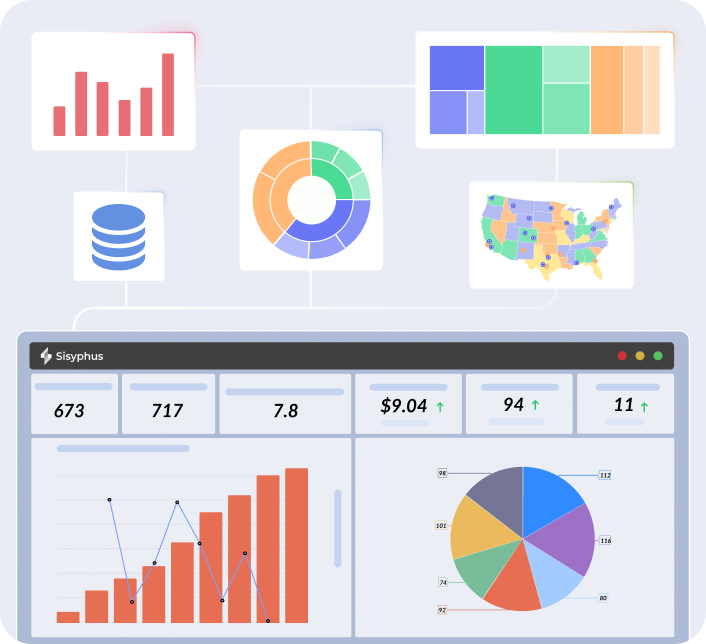
How Embedded Analytics Works
Delivering embedded analytics isn’t just about air-dropping a chart or dashboard into a business application. Embedded analytics is a streamlined process that blends business workflows, data analytics, and user experience into one cohesive flow.
Here’s how it works:
Where Embedded Analytics Is Used
Embedded analytics is transforming the utility of data across platforms today. Here are four major environments where it is widely adopted:

ERP Platforms
Embedded analytics helps analyze large volumes of business data across functions like Sales (Know more on embedded sales analytics.), HR, Finance, and Operations, and presents real-time visualizations directly within the ERP interface.

SaaS Applications
Modern SaaS vendors embed analytics as part of their product strategy to deliver value-added capabilities that boost user retention and enable upselling.(Know more on embedded analytics for SaaS)
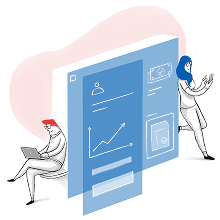
Custom-built Platforms
In internal tools developed by organizations, embedded analytics enables real-time monitoring of business-specific KPIs, offering clear visibility across the organizational hierarchy.
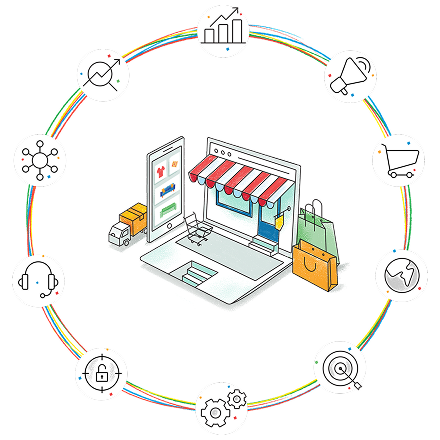
Business Portals
Embedded analytics enhances portals by delivering insights that need to be shared with internal or external stakeholders such as business partners, customers, or suppliers.
Key Benefits of Embedded Analytics
Seamless Integration
Embedded BI platforms can integrate directly into databases, SaaS applications, and enterprise systems.
Enhanced User Experience
Embedded analytics delivers sleek, interactive data visualizations that elevate the overall value and usability of the host platform.
Self-service Analytics
Users can create data visualizations, explore and analyze data via intuitive features like drag-and-drop interface, dynamic filtering etc.
Reduced IT & Support Load
For ISVs and SaaS providers, embedded analytics opens up new avenues for monetization.
Choose the Right Embedded Analytics Platform: Zoho Analytics
Choosing the right embedded analytics platform isn't a mere technical decision. It involves strategic considerations too. Delivering a seamless and scalable analytics experience is the expectation of today's businesses. Platforms like Zoho Analytics has a proven track record in consistently delivering the same to our customers.
Here are some of the key features that make Zoho Analytics a preferred choice for embedded analytics:
Deep Customization & White-Labeling
Embedded BI blends analytics within the existing software, thereby enabling smoother workflows
- Complete white-labeling to replace all Zoho branding with the host's own brand label.
- UI control to match fonts, colors, layout, and navigation with the host product’s identity
- Building custom features tailored to specific business requirements
Enterprise-grade Platform
Zoho Analytics provides robust platform features like:
- Elastic scale, multi-tenant architecture
- Single sign-on (SSO) authentication support
- Role-based access control (RBAC) and user permissions
- Row-level data security
Flexible Embedding Options
Zoho Analytics supports a variety of options to integrate with any technology stack seamlessly.
- Native embedding via iframes, SDKs, or APIs
- Embedding in any web application
- Embedding in mobile apps
- Embedding in desktop applications
Powerful Analytics Engine
Zoho Analytics' AI-powered analytics platform enables users to:
- Build interactive visualizations that support self-service analysis
- Get actionable insights in no time using the platform's AI-assistant Zia
- Foresee the future using our predictive AI capabilities
- Develop custom-ML models for data analysis using our DSML capabilities
Hear What Our Customers Are Saying

Ravi Kumar
Head of Finance and IT Operations, AQUAGROUP"Zoho Analytics seamlessly generated reports and dashboards that are embedded within our ERP system, offering robust functions that democratized access to insights across our organization."

Craig Roxby
Managing Director, Magnifi"We have embedded Zoho Analytics within our internally developed financial services software. Whenever I have a new client meeting, I demonstrate the Ask Zia feature of Zoho Analytics with a question like "what was my income last month?" A quick reply or a visual fascinates my clients and they say, 'This is what we want'. It allows me to show them that we are a forward thinking company ."

David Mitchell,
TCCA Inc"We needed a scalable, self-service BI tool that could seamlessly connect to multiple data sources, generate interactive reports, embed and share real-time dashboards with internal teams and clients —all without breaking the bank. Zoho Analytics has exceeded our expectations and offered powerful features at an affordable cost."

Ravi Kumar
Head of Finance and IT Operations, AQUAGROUP"Zoho Analytics seamlessly generated reports and dashboards that are embedded within our ERP system, offering robust functions that democratized access to insights across our organization."

Craig Roxby
Managing Director, Magnifi"We have embedded Zoho Analytics within our internally developed financial services software. Whenever I have a new client meeting, I demonstrate the Ask Zia feature of Zoho Analytics with a question like "what was my income last month?" A quick reply or a visual fascinates my clients and they say, 'This is what we want'. It allows me to show them that we are a forward thinking company ."

David Mitchell,
TCCA Inc"We needed a scalable, self-service BI tool that could seamlessly connect to multiple data sources, generate interactive reports, embed and share real-time dashboards with internal teams and clients —all without breaking the bank. Zoho Analytics has exceeded our expectations and offered powerful features at an affordable cost."
Frequently Asked Questions
How is Embedded Analytics Different from Traditional BI Tools?
- Traditional Business Intelligence (BI) tools largely operate as standalone platforms. More often than not, business users have to export data from their primary tools to analyze, explore, and visualize it. This process introduces friction, causes delays, and lowers adoption, especially among non-technical users.
- Embedded analytics eliminates this disconnect by integrating analytics directly into business applications like CRMs, ERPs, SaaS products, or custom platforms. It places dashboards, reports, and KPIs right inside user workflows.
Can I White-Label Zoho Analytics for My Product?
- Yes! Zoho Analytics offers full white-labeling capabilities, allowing businesses to deliver analytics under their own brand identity.
- White-labeling features include:
- Custom logos, color schemes, and domain mapping
- UI customization of fonts, themes, and layout elements
- Ability to create and host fully rebranded analytics portals
What Kind of Apps Can I Embed Analytics Into?
- Zoho Analytics supports embedding analytics into virtually any web-based application or digital platform. Common use cases include:
- ERP platforms
- SaaS products
- Custom-built applications
- Purpose-driven business portals
